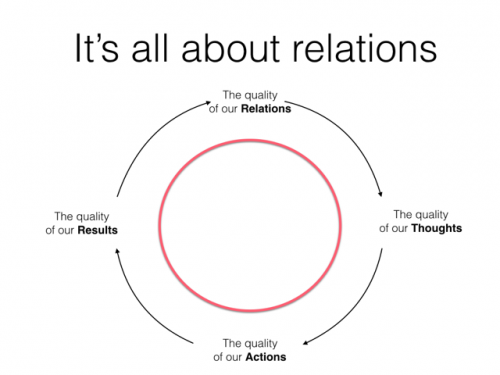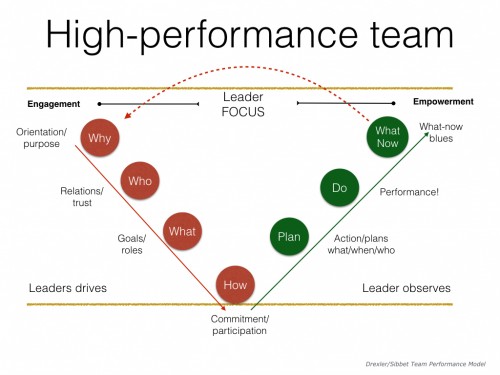I’ve been reading a fascinating book by Ed Catmull called Creativity Inc. Now you may not be familiar with the name Ed Catmull, but if I tell you that he was one of the three original founders of Pixar film then you’ll probably have an idea of who I’m talking about.
In the book is a chapter where Catmull describes the process behind making a successful animation movie. Catmull writes “Early on all our movies suck!”. This makes sense when you think about it. But when we see that fabulous animation, we often forget how that represents three years of hard work from an awful lot of people. And of course that rough idea was not born a box office hit. It was worked, reworked and polished endlessly until it became that work of art.
One thing is being a lone genius, a Picasso or a Rodin – tirelessly and self critically continuing until you get it right. But how does that work when you are 60, 70 or even 200+ people?
According to Catmull, one of the secrets to Pixar’s success is that they have this culture of candour. A feedback culture that is open, straightforward and honest – and maybe most importantly, never compromising.
So once a month, the management team sit down with the team working on a given animation project for the monthly review. Imagine this is meeting #24 i.e. 24 months into the project. Probably still another 12 or 18 months to go. The team that has been working on the project has been working long and hard on it, and they are probably relatively proud of what they have come to see as their baby.
“Success Is Going from Failure to Failure Without Losing Your Enthusiasm” – Sir Winston Churchill
But there is still work to do. So the challenge for the management team is, to give the ‘creatives’ the necessary feedback without them losing motivation and enthusiasm. So each management team member voices their opinion but in a very precise format. They explain what they feel worked well for them and they state very clearly what did not work well for them. “If the scene at 37 minutes, was supposed to make me laugh, I didn’t find it funny.” The management team makes a point of not suggesting what needs to be fixed or what they felt was wrong. They only communicate very clearly: Is this working for me or is it not working for me?
And so it goes on and on, iteration after iteration, and gradually the rough sketches and crazy ideas are honed into one smooth and fabulous animation movie. Management gives straightforward no nonsense feedback – but the project managers are always left with their ownership for the project intact. They must come up with a new solution or improvement.
It’s not personal, it’s a challenge
Note also that this type of feedback is not personal. This is not feedback that says you are a bad animator. It just says we need to try something different. It’s a challenge, not a criticism.
But now think of your own team and how you are conducting team reviews, feedback sessions, evaluations of past performance? Do you have a culture of straight talk?
Do you as the boss fall into the trap of telling them what was wrong and what they need to do in order to fix it?
No feedback, no progress.
Feedback is crucial to our progress, without it we would not see improvements in anything we do. But the wrong kind of feedback, the criticisms, the ironic comments, sarcasm and lukewarm endorsements, just kills motivation and engagement.
What is needed is a culture of candour.
I have a new online training out on this: The Team Leaders Toolbox – check it out
______________________________________________________________
This is the tenth article in a series on how to lead as a first time manger. If you would like to know more, check out other articles of the first time manager series:
- How are you supporting your first time managers?
- The big leap… from team member to team leader
- First time manager – The challenges
- Direction, Alignment & Commitment in 4 easy steps
- How your relations affect your results
- Powerful or powerless, what do you prefer?
- Behaviour
- Conversations, not small talk
- Take charge of your energy levels!
- You won’t get results by pussyfooting around the issues!
- What drives a fabulous employee experience?










